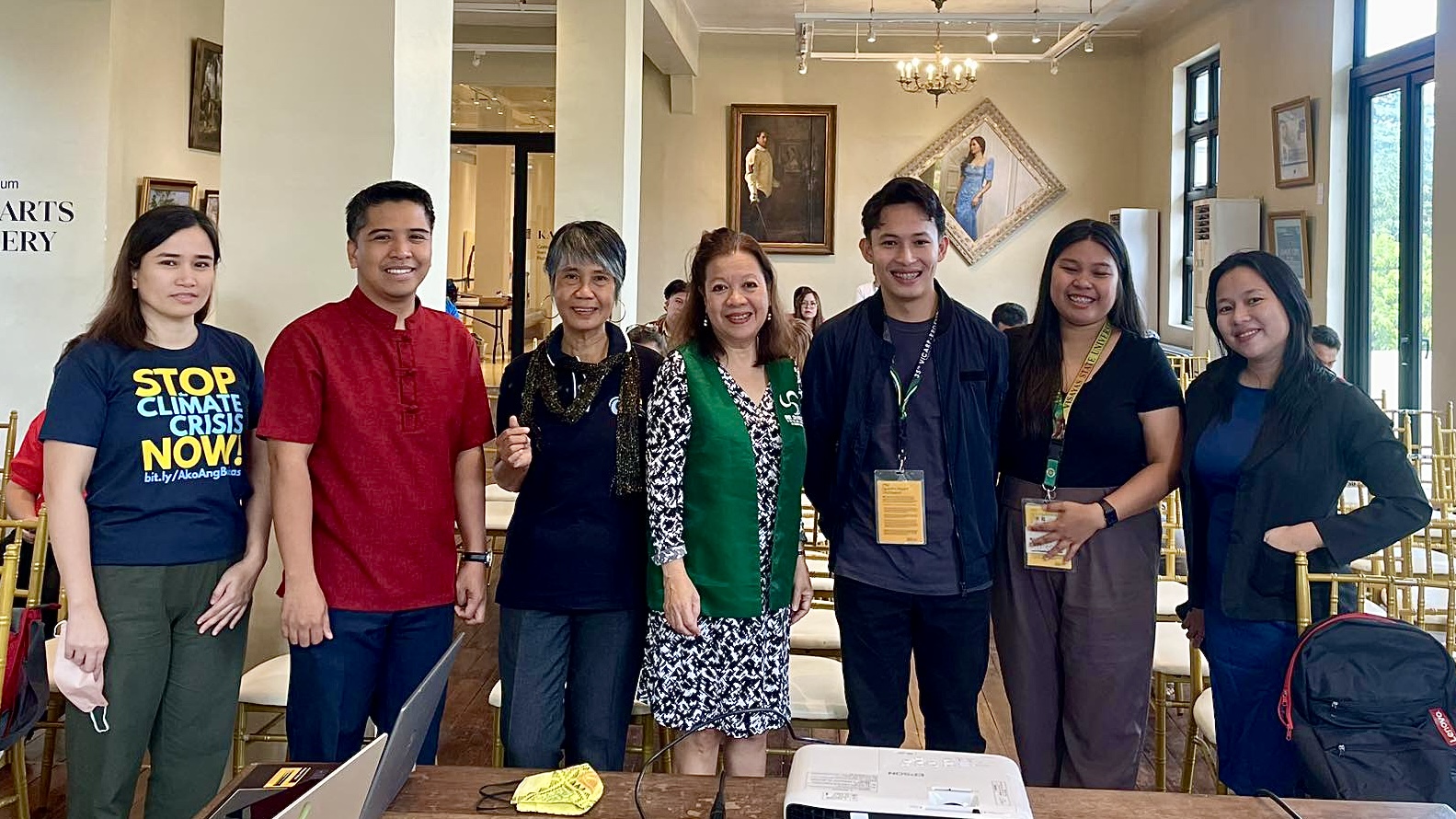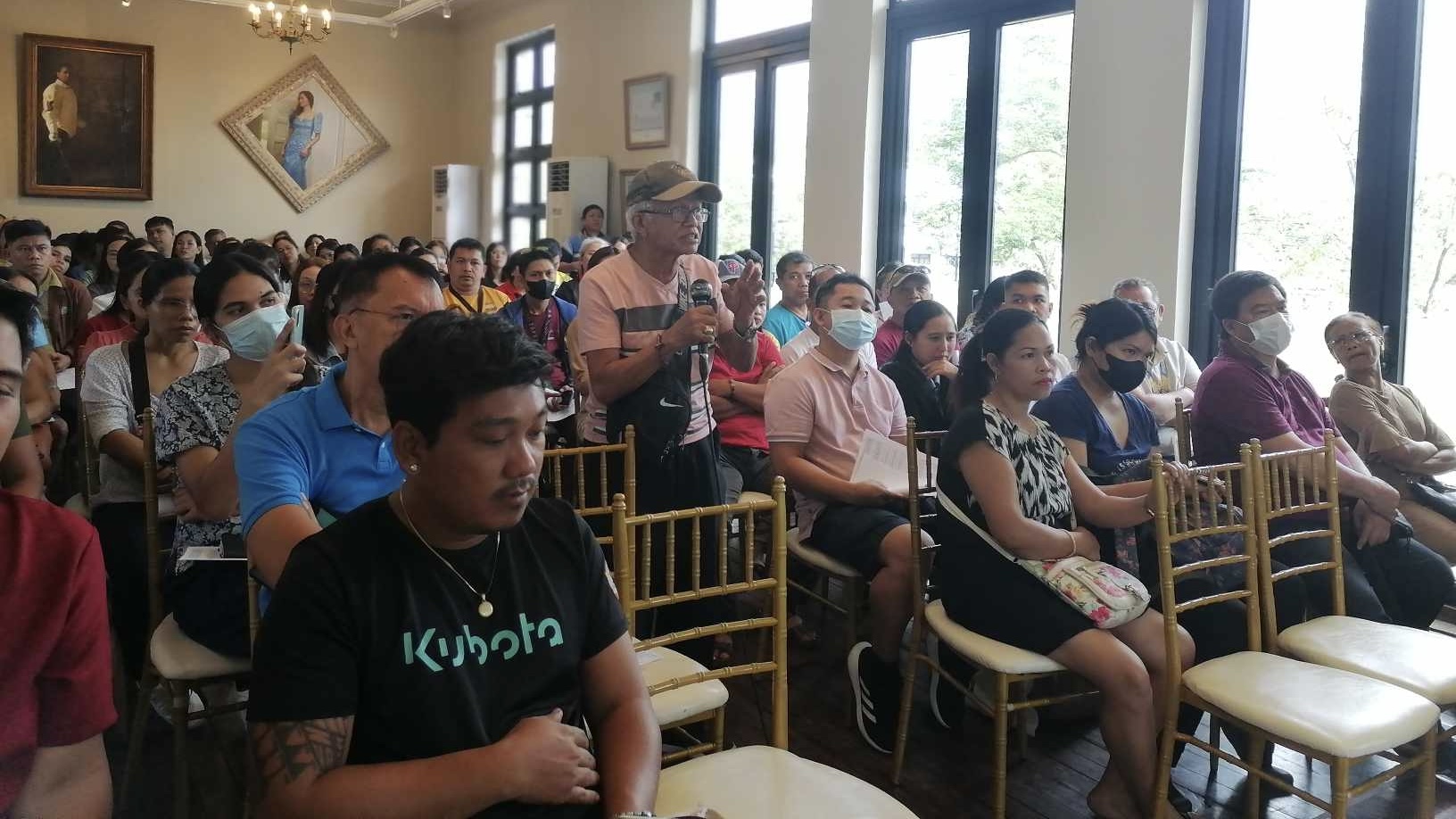CME partners with LGU Ormoc City for carbon footprint reduction project
- Details
- Written by Marianne C. Bayron
-
Published: 29 February 2024

To help local government units (LGUs) make localized strategies for reducing carbon footprint, the VSU College of Management and Economics (CME) with its scientific and technical expertise, was tapped to join the participatory planning in decarbonization in Ormoc City.
VSU-CME collaborated with the Greenhouse Convergence for Safe Food, Healthy Environment, and Sustainable Economy, Inc. and its organized Philippine environment movement, the Ako Ang Bukas (AAB), Energy Development Corporation (EDC), Department of Environment and Natural Resources (DENR), and LGU Ormoc City, to implement the Community-Based Greenhouse Gas Inventory Project in Cogon, Ormoc City, Leyte as part of their Project Transform: Greenhouse Gas Inventory Project Quantum Leap to Climate Neutrality in 2050.
This collaborative project aims to take collective actions that will help LGUs reduce their greenhouse gas emissions (GHS) that cause climate change. With this approach, the LGUs will develop their own GHG inventories and local climate action plans to address the rising carbon footprint.
EDC, the Ormoc City government, and nongovernment organizations sealed partnerships on March 23, 2021, to make the city the country’s model for resilience and disaster preparedness.
In this manner, VSU-CME was tapped by the Green Convergence’s AAB, to help them implement the project in the City.
VSU-CME did the data collection that gathers vital information for GHG calculation on the different entities in Ormoc City such as households, educational institutions, churches, and businesses.

The survey obtained the electricity consumption, cooking and fuel used information, solid waste information and management, transportation, tree planting activities and urban agriculture farming, food, paper, and water consumption, and smoking information, respectively.
Using their gathered data, the LGU of Ormoc City reflected on how to improve their climate change action to minimize their carbon footprint.
VSU-CME and its partners met with business owners and representatives on February 23, 2024, at the Ormoc City Museum, and again on February 24, 2024, at Brgy. Cogon, with household members for the presentation and validation of results and mitigation planning.
Before the planning session, Mr. Erwin Magallanes, Head of EDC’s Leyte Corporate Relations Department shared the background of the Transform GHG Inventory Project with the attendees. This is followed by the presentation and validation of findings of the pilot Community-Based Greenhouse Gas Inventory Project of Ms. Milagros Serrana, the AAB project leader.
Meanwhile, Ms. Agnes de Jesus of First Philippine Holdings (FPH), AAB’s Task Force Head for the Business Sector, presented a brief video lecture on climate change mitigation strategies.
After all the discussions, the participants joined the planning workshop aiming to guide businesses and households in their individual and collective efforts to further reduce the carbon footprint of Ormoc City.

This initiative is targeted to improve the city’s climate change action plan while strengthening its resilience to the negative effects of climate change. Under the leadership of Honorable Mayor Lucy Torres-Gomez, LGU Ormoc City has partnered with different government and nongovernment agencies to address environmental concerns, especially since Ormoc City, is a hazard-prone city because of its geographic location.
With CME’s help, the college headed by Dr. Moises Neil V. Seriño, was recognized as an active partner for this participatory and localized action on addressing climate change among LGUs.
CME Dean Seriño highlighted that one way to reduce the impact of climate change is to understand how people are contributing to the carbon footprint based on their lifestyle.
“To contribute to mitigating the adverse impact of climate change, we can estimate carbon emissions to help in decarbonizing our development path. We are looking forward that sectors of the community will be aware of their emission patterns and take steps to offset their carbon footprint,” he concluded.

